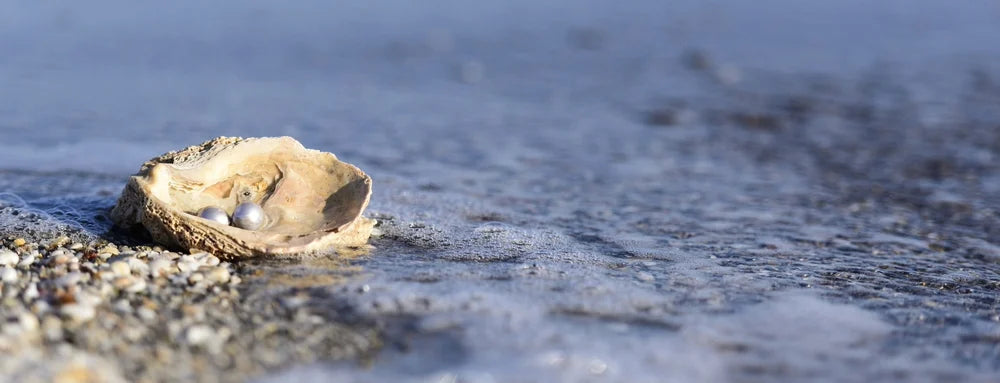
CULTURED PEARLS
In China
As early as the 12th century, the Chinese were exploiting the mantle of mollusks to create objects such as mother-of-pearl Buddhas. These models were made by inserting a lead or tin structure between the shell and the mantle of freshwater mussels, which became coated with mother-of-pearl over the years.
In Europe
- Pioneering research : Karl von Linné (1707-1778), a famous Swedish naturalist, understood the mechanism of pearl formation. Despite rudimentary antiseptic conditions, he succeeded in cultivating pearls, now on display at the British Museum.
- Significant progress : These discoveries were perfected by various researchers such as Hunter in England or William Saville-Kent in Australia. The latter established a pearl farm in 1906.
In Japan
- Half pearls : In the 19th century, the Japanese produced half pearls by attaching a half-ball of mother-of-pearl under the mantle of the pearl oyster. These pearls were exported to Europe under the name "Japanese pearls".
- Birth of Cultured Pearls : In 1904, Tatsuhei Mise and Tokishi Nishikawa developed modern techniques for cultivating pearls. Mikimoto, a famous jeweler, perfected these methods and established a global empire despite major challenges such as typhoons and World War II.
FORMATION OF CULTURED PEARLS
Pearls are formed as a natural defense reaction . When a parasite, often microscopic, enters the mollusk, it secretes layers of mother-of-pearl to insulate it. This mother-of-pearl is made up of fine crystals of aragonite and conchiolin, forming concentric layers.
APPEARANCE OF CULTURED PEARLS
- Luster and Orient : Luster refers to the shine of the pearl's surface, while orient refers to the soft internal iridescence created by light. These qualities vary depending on the mollusk's metabolism and the type of water.
- Colors : Pearls come in a wide range of colors, influenced by the environment and the diet of the mollusk: pinkish white, gray, golden, or black, like the famous Tahitian pearls.
SHAPE OF CULTURED PEARLS
The shapes vary depending on their location in the mollusk:
- Classics : round, pear-shaped or button-shaped.
- Baroque : irregular shapes, often highly prized for their unique character.
- Blisters : pearls partially embedded in the shell.
SPECIAL FEATURES
- Luminescence : Pearls glow under black light, white for clear pearls and red or brown for black pearls.
- Fragility : Although they are resistant to moderate shocks, pearls can be scratched easily. A damaged layer can be peeled off to reveal a more aesthetic surface.
